This is the fourth of a series of nine posts that previews one chapter of the new book by Daniel Philpott, Religious Freedom in Islam: The Fate of a Universal Human Right in the Muslim World Today. What follows is edited excerpts from portions of the book.
To read all posts in this series visit: Previewing Religious Freedom in Islam by Daniel Philpott
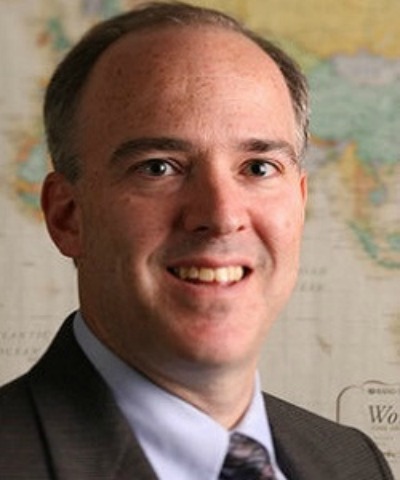
In my last post, I argued that a close-up view of the Muslim-majority world reveals a diversity of three patterns of religion-state regimes, each governed by a different political theology – in contrast with a satellite view showing that the Muslim-majority world in the aggregate is more repressive than the rest of the world. One of these three patterns is secular repressive regimes, which numbered 15 out of the 47 Muslim-majority states (as of 2009).
What makes them tick?
Let us no longer define—and divide—ourselves according to ethnic, tribal, and ancient religious loyalties! Our people may keep their customs and rituals but these will not serve as the basis of our nation or state. No, we are a modern nation that is headed for greatness! We will pave our roads, build bridges, and provide everyone with electricity, running water, and sanitation. Everyone—yes, everyone, boy or girl, regardless of caste or class—will receive an education that will teach math, science, civic virtue, and all that is needed for professional success and will shape them into secular individuals. We will advance in economics, science, technology, and military might and will not be hindered by traditional hierarchies and roles. European states have shown us the path to the future but they will no longer be our masters or colonizers.
To achieve this progress, we must keep religion in check. Our citizens may practice religion if it gives meaning to their lives and makes them more virtuous people, but religion will not define our public life—our politics, our economics, our education, or the symbols that represent these realms such as our flag, the architecture of our public buildings, and our leader’s dress. Why must we keep religion in check? Because religion is irrational, superstitious, and the source of hierarchies that impede equality, and it directs people’s pursuits away from this world and their loyalties away from the state. Perhaps religion can become more serviceable to the public weal, but it must be reformed and modernized, and this will require oversight and governance from the state.
This is the narrative of secular nationalism, a story that certain people in certain times and places have told about their common life. Secular nationalism is rooted in the European experience of the rise of the modern state and nation and became the governing ideal in many Muslim-majority states in the middle 20th century—and still is in many of these states today.
The standard-bearer of this pattern in the Muslim world is the Republic of Turkey, founded by Atatürk in 1923. After World War II, several Arab states adopted the model, the most influential of these being Egypt, others including Libya, Morocco, Jordan, Syria, and Algeria. Iran embodied the pattern under the shahs of the Pahlavi dynasty up until the shah’s overthrow in 1979, as did Iraq under Saddam Hussein up until his ouster in 2003. Indonesia was a secular repressive state under the dictatorship of Suharto from 1967 to 1998. So, too, are the former Soviet republics of Central Asia, including Uzbekistan, Turkmenistan, Tajikistan, Kyrgyzstan, Kazakhstan, and Azerbaijan.
Endemic to secular nationalism is the repression of religion. Secular repressive regimes are secular in a negative sense, meaning hostile to religion. The prototype of modern negative secularism is the French Revolution of 1789, which, motivated by a harsh skepticism toward religion, aspired to control the Catholic Church and ultimately to nullify its social influence.
The secular repressive pattern in Islam follows the French Revolution and is a rival to the Iranian Revolution in its low levels of religious freedom. Most practitioners of the secular repressive pattern have been authoritarian rulers: Shah Reza Pahlavi of Iran, Saddam Hussein of Iraq, Egypt’s Gamal Abdel Nasser, Syria’s Assads. It is often through brutal force, including torture, that they restrict religion—and necessarily so because their populations are far more religious than they are. They will not proclaim their goal to be the eradication of religion in the brazen and ruthless manner that Communist regimes have done in the Soviet Union, China, and North Korea, though they may well expect religion to disappear. They may advertise their devoutness in their public appearances: lemonade in the open, whiskey behind closed doors. Most assuredly, though, they seek to contain and control religion uncompromisingly.
Typically, Islamic secular repressive rulers will “establish” a moderate version of Islam by supporting it, commending it, and closely controlling the governance of mosques, seminaries, universities, and schools; the content of curricula; the public expression of religion; the architecture of buildings; and even the dress of their citizens. They will simultaneously suppress more traditional and radical forms of Islam, preventing clerics from holding positions of power and, if necessary, jailing, torturing, or killing them. Secular leaders will present these religious figures as enemies of the state and use them to make the case for authoritarian rule: “It’s me or the Muslim Brotherhood,” Egypt’s Hosni Mubarak would say to his critics. What results, then, is a unique form of Muslim governance that is neither wholly irreligious, nor purely Western, nor entirely un-Islamic, but rather a synthesis that is designed to subordinate religion in order to build a modern nation-state.
Secular dictators also like to boast that they protect non-Muslim religious minorities from the depredations of the Muslim population. Sometimes they do. As I argue in the book, though, this protection is often unreliable, inconsistent from regime to regime, and sometimes accompanied by the same control that is imposed upon Muslims.
What the secular repressive pattern shows is that while there may be a dearth of religious freedom in the Muslim world, Islam is not always the source of repression.
Daniel Philpott is a Professor in the Department of Political Science at the University of Notre Dame and a Senior Associate Scholar at the Religious Freedom Institute.
All views and opinions presented in this essay are solely those of the author and publication on Cornerstone does not represent an endorsement or agreement from the Religious Freedom Institute or its leadership.
THE RFI BLOG

A Call to End Anti-Semitism on America’s College Campuses
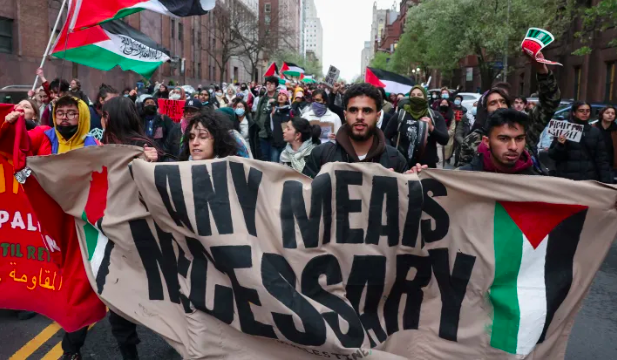
The Horrendous and Maddening Anti-Semitism in New York City
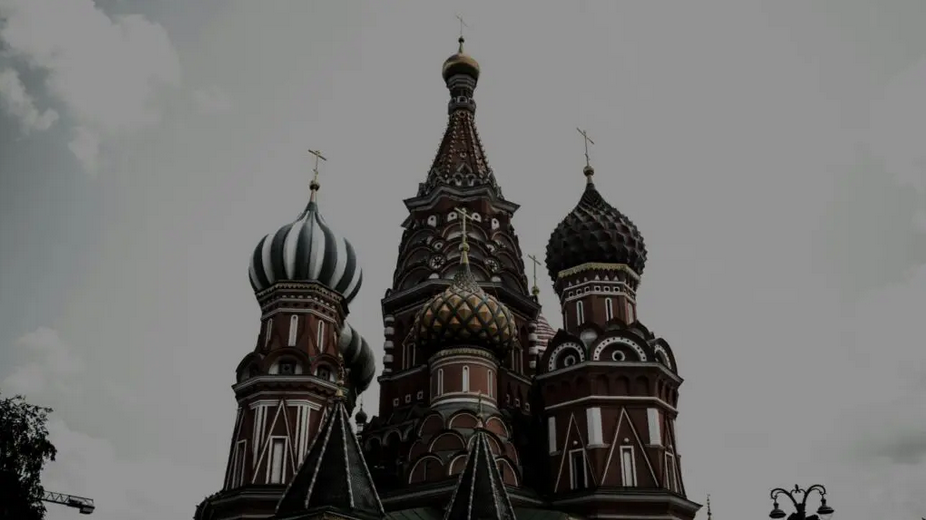
Religion, the ‘Russian World,’ and the War Against Ukraine
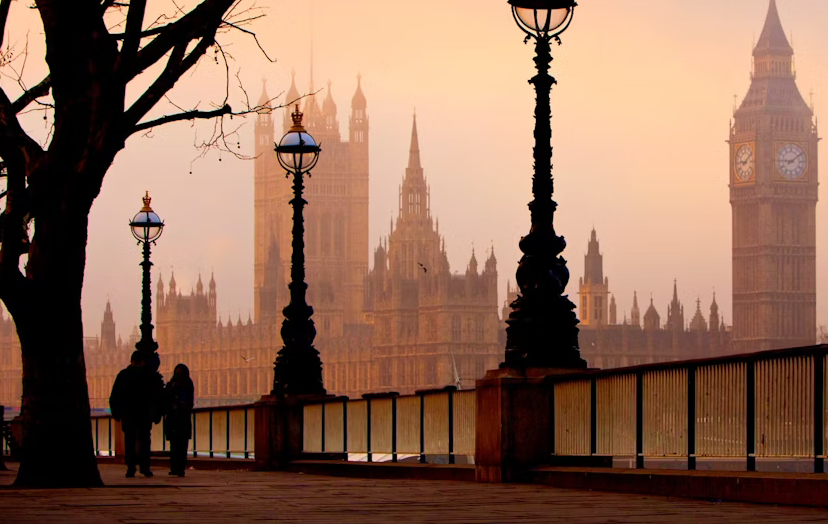
Religious Freedom Is Back on the UK’s Agenda
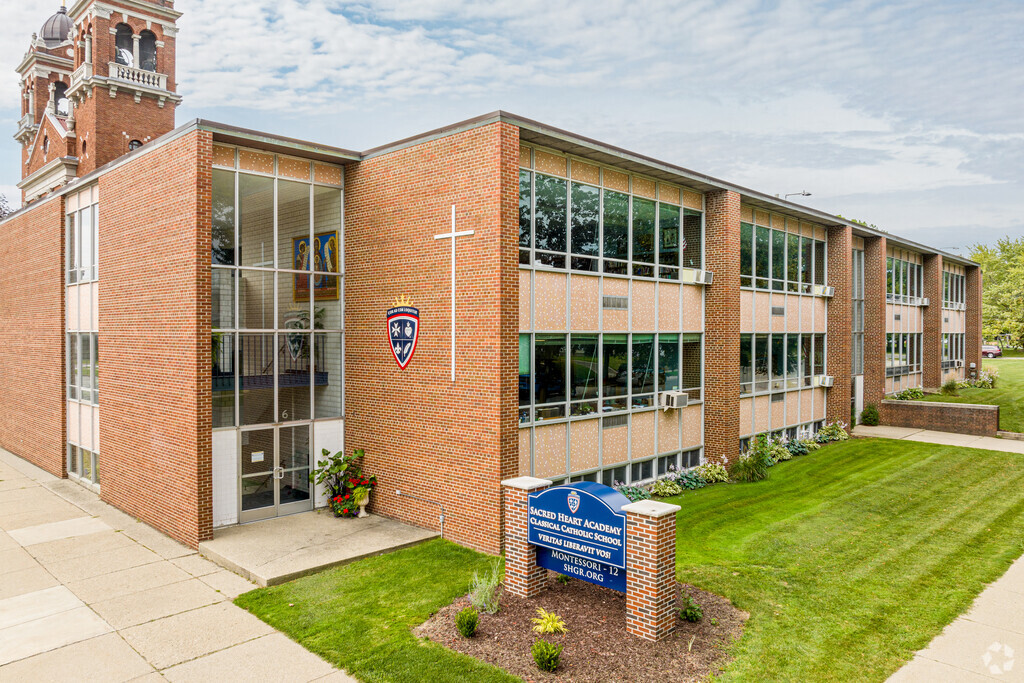
Be More Faithful, Become More Resilient: An Invitation to Religious Institutions
CORNERSTONE FORUM

Public Bioethics & the Failure of Expressive Individualism

Religious Liberty in American Higher Education

Scotland’s Kate Forbes and the March of Secularism

70 Years of Religious Freedom in Sweden: Prospects and Challenges

